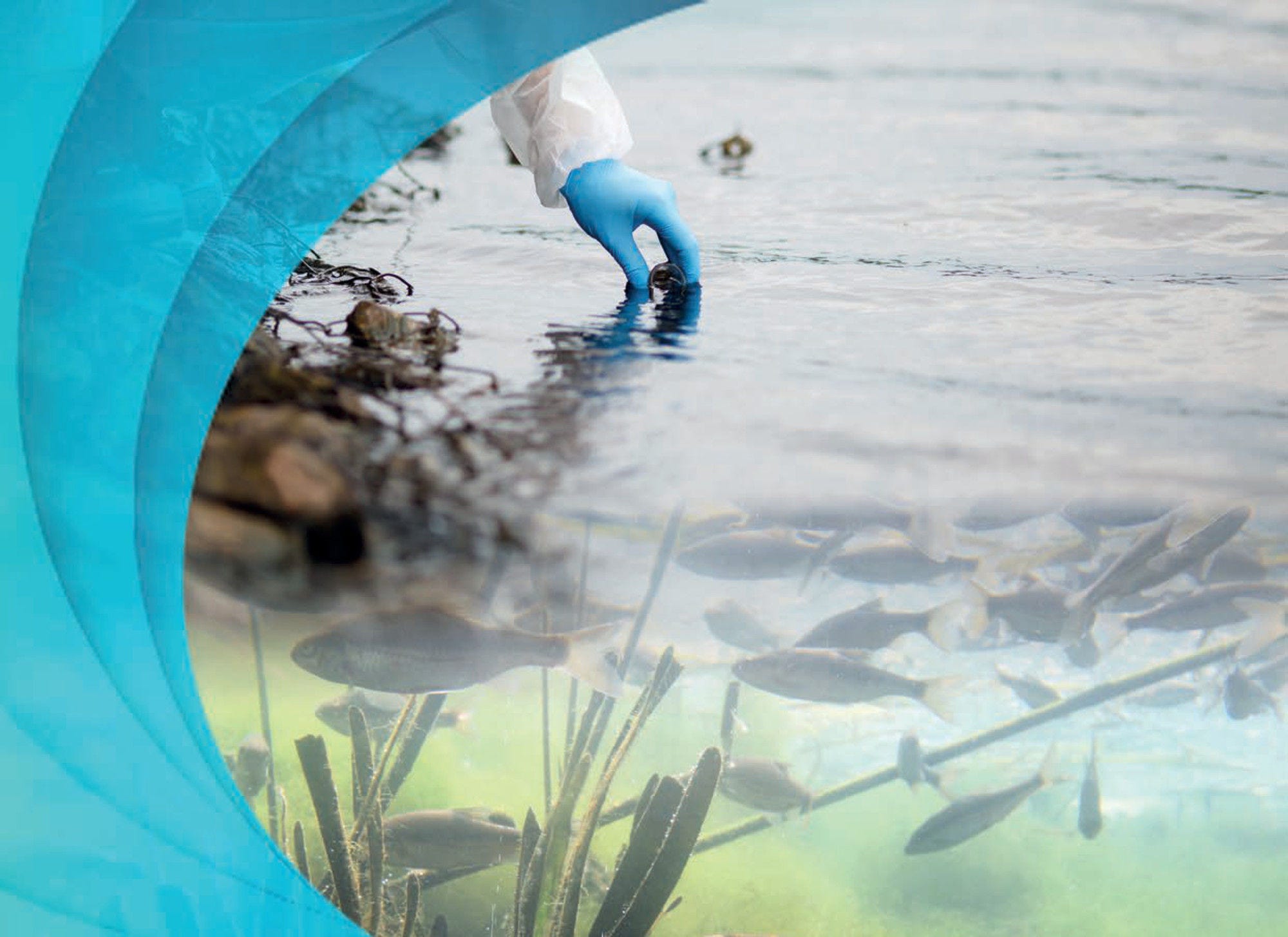Polluted waters affect human health and wildlife, generating big costs for our economies
Polluted waters, particularly those contaminated by raw sewage, spread diseases and carry unpleasant odours. In 2019 alone, water pollution caused 1.4 million of premature deaths. But even with adequate wastewater treatment, as is the case in most OECD countries, pollutants are continuously released into the environment, with waste leaching from landfills or industrial wastewater discharges. Excessive nitrogen releases associated with farming and urbanisation can lead to algal blooms and significant losses of plant and fish species. Residues of the medicines we consume and excrete in our toilets are found in the environment, such as the birth control pill.
A concern for human health? Yes, especially when water is not adequately treated. A concern for ecosystems? Absolutely. Take the example of endocrine disruptors, that end up in water through treated and non-treated wastewater, landfills and agriculture. Even at very low concentrations or in combination with other chemicals, endocrine disruptors can be harmful to fish reproduction.
The cost of water contamination in OECD countries is likely to surpass billions of dollars each year. The World Bank estimated that increased levels of biological oxygen demands alone can hinder downstream GDP growth by 0.82 percentage points, and 1.16 percentage points in middle income countries. Economic costs include health-related expenditures, water treatment costs, reduced property values, the deterioration of ecosystem services, and repercussions on sectors like agriculture, industrial production and tourism.
Addressing water pollution calls for a multi-pronged approach and sustained efforts
The OECD has been working on the economics of water pollution since the 1960s, examining in turn pollution associated with detergents, pesticides in the environment, or lake eutrophication. The OECD was also one of the lead architects of the Polluter Pays Principle back in 1972.
We know that addressing water pollution requires sustained efforts over a long period. In many cases, this calls for hard choices. Governments need to balance diverging interests between environmental limits and societal demands on nature. Poor water quality was the backdrop for the 2022 heated farmers’ protests in the Netherlands: they opposed government’s policy to tackle excessive nitrogen pollution to meet natural habitat objectives as this required many of them to significantly reduce their livestock.
Based on OECD’s work, we have identified six trends that policy-makers need to consider in order to step up their efforts to tackle the water quality challenge:
- Contaminants of emerging concern can no longer be ignored. These contaminants include pharmaceuticals, microplastics, endocrine disruptors and PFAS. The OECD has worked on improving our collective understanding and formulating policies to address them.
- Water monitoring is improving. Authorities across the world are adopting new and advanced methods for water quality monitoring. Some methods, such as in vitro bioassays, can indicate if a water sample can potentially have negative effects on humans or wildlife. Other methods are able to detect different chemicals present in a water sample.
- Consumers’ awareness is key. The choices that consumers make in the supermarket, at the pharmacy or how they dispose of their waste matters to the aquatic environment. Public information campaigns can encourage better disposal of medicines for example.
- Industrial producers need to comply. In many OECD countries, industry and municipalities have upgraded wastewater treatment plants over the past few years. Strengthening wastewater treatment regulation and adopting Extended Producer Responsibility schemes can ensure that industrial users comply and internalise externalities from their discharges.
- Trade-offs between environmental, societal and economic objectives will intensify. Addressing diffuse pollution from agriculture will require considering trade-offs between food security, biodiversity, and climate adaptation and mitigation. Quantifying the impacts of water quality on nature can inform such decisions, which will need to consider distribution impacts as well. Economic analysis, such as that conducted by the OECD in support of the European Commission for the recent revision of the Urban Wastewater Treatment Directive, can help set targets at a level societies can afford.
- International action matters. There are no real borders when it comes to water pollution: rivers, lakes and aquifers carry contaminants from one jurisdiction to another. Initiatives such as the World Water Quality Alliance, the global One Health campaign, and international treaties can make a difference in tackling this shared environmental concern.





